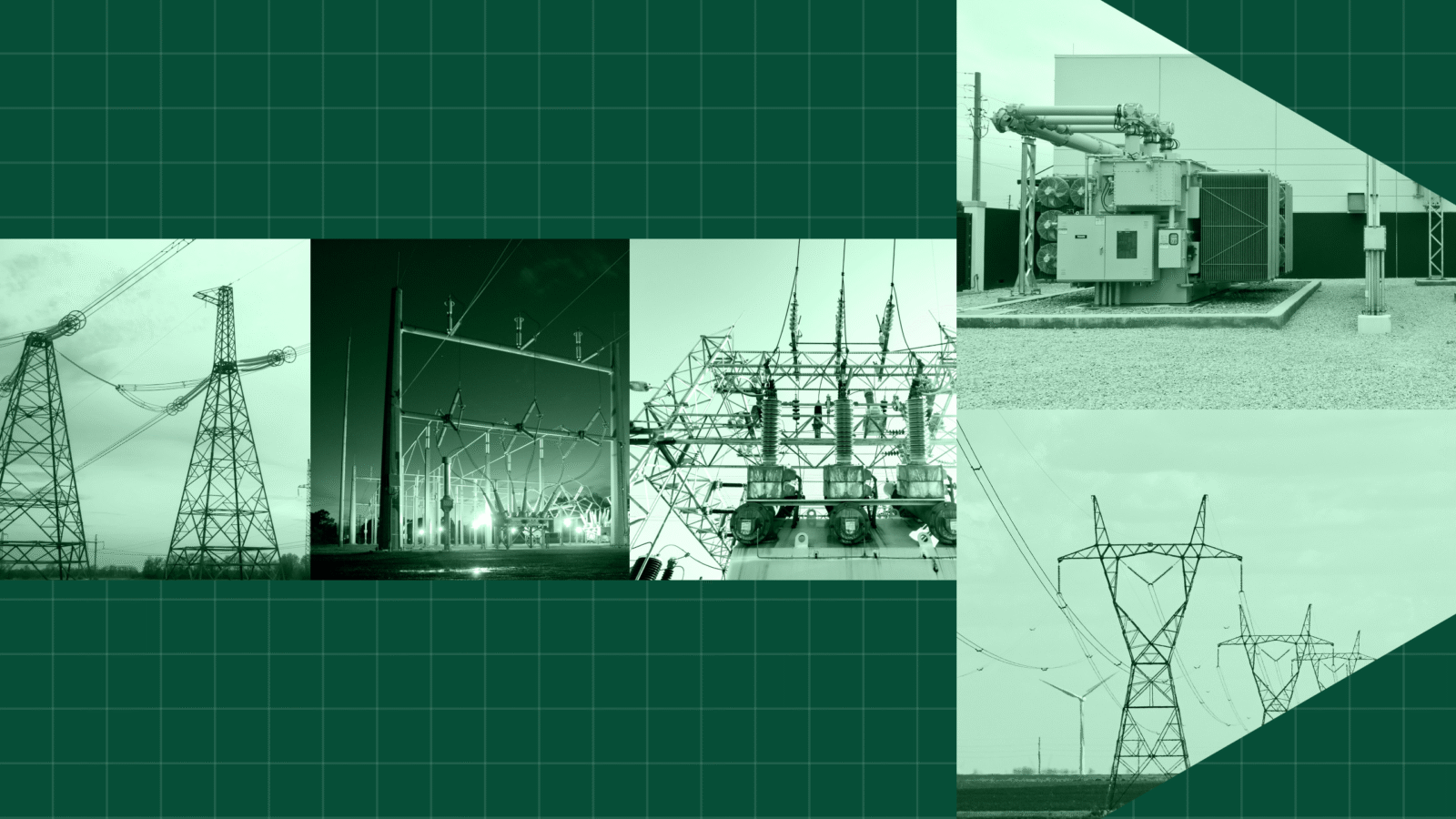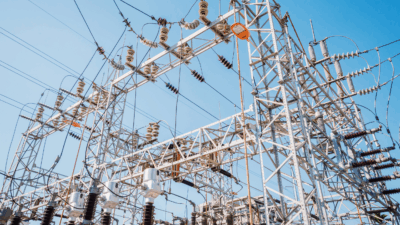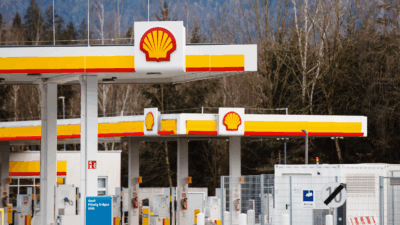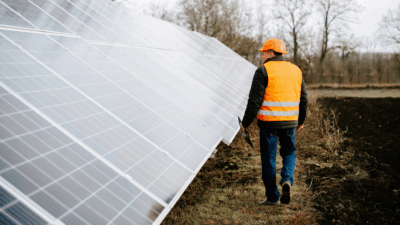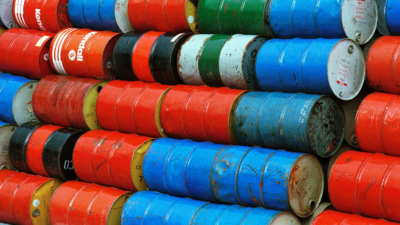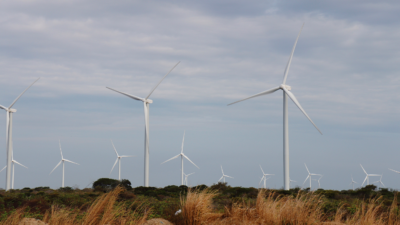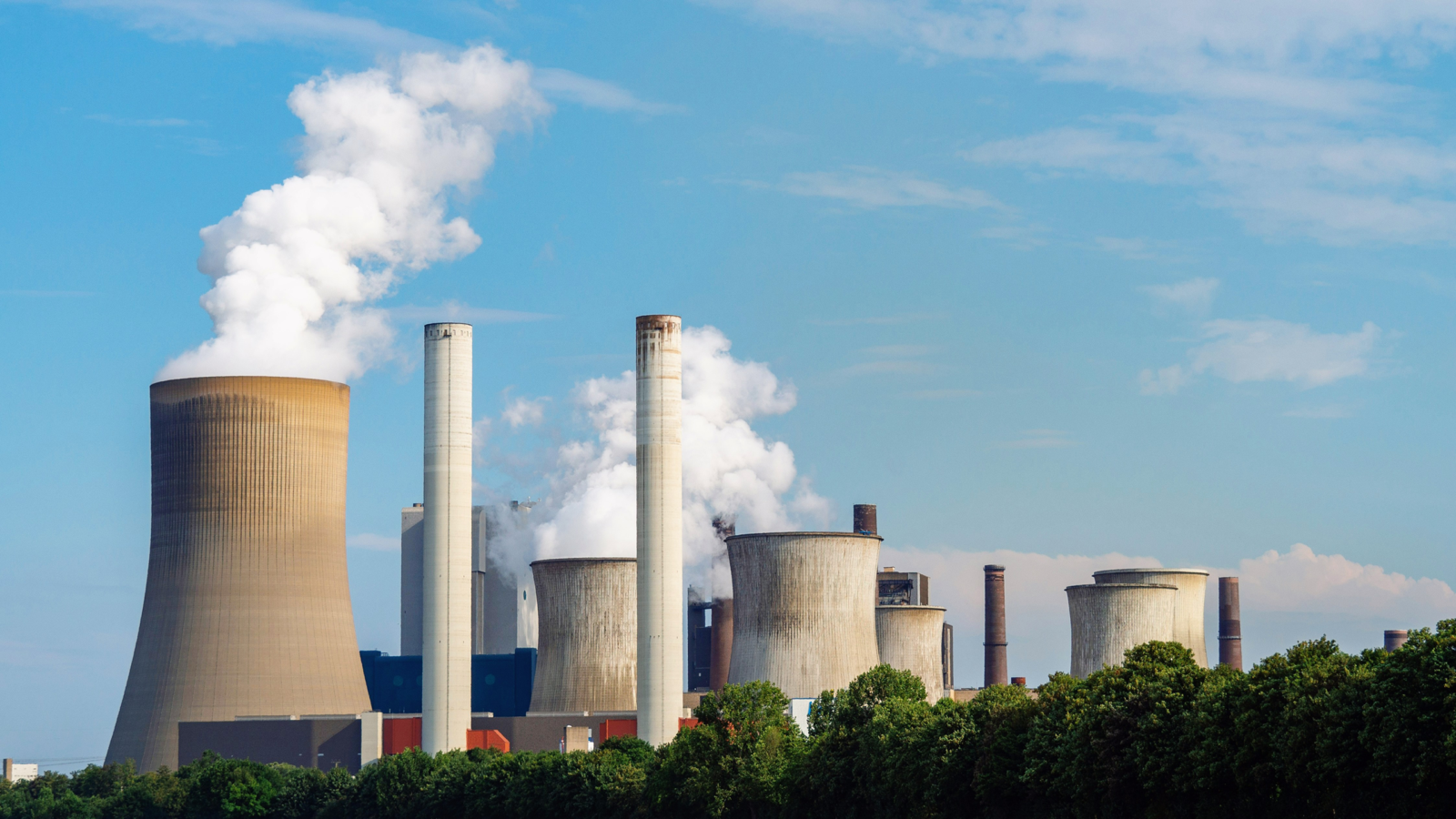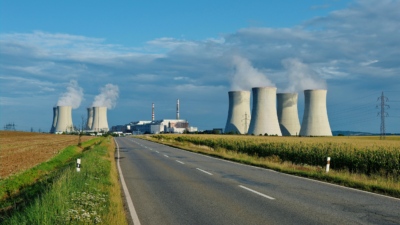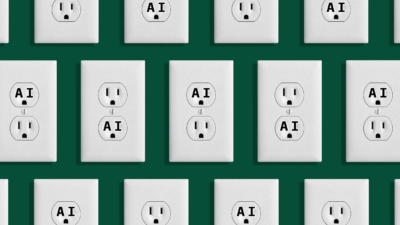Renewable Energy Growth Is Speeding Up Nicely
The sector had its fastest growth ever in 2023, spurring hope that climate goals can be achieved.
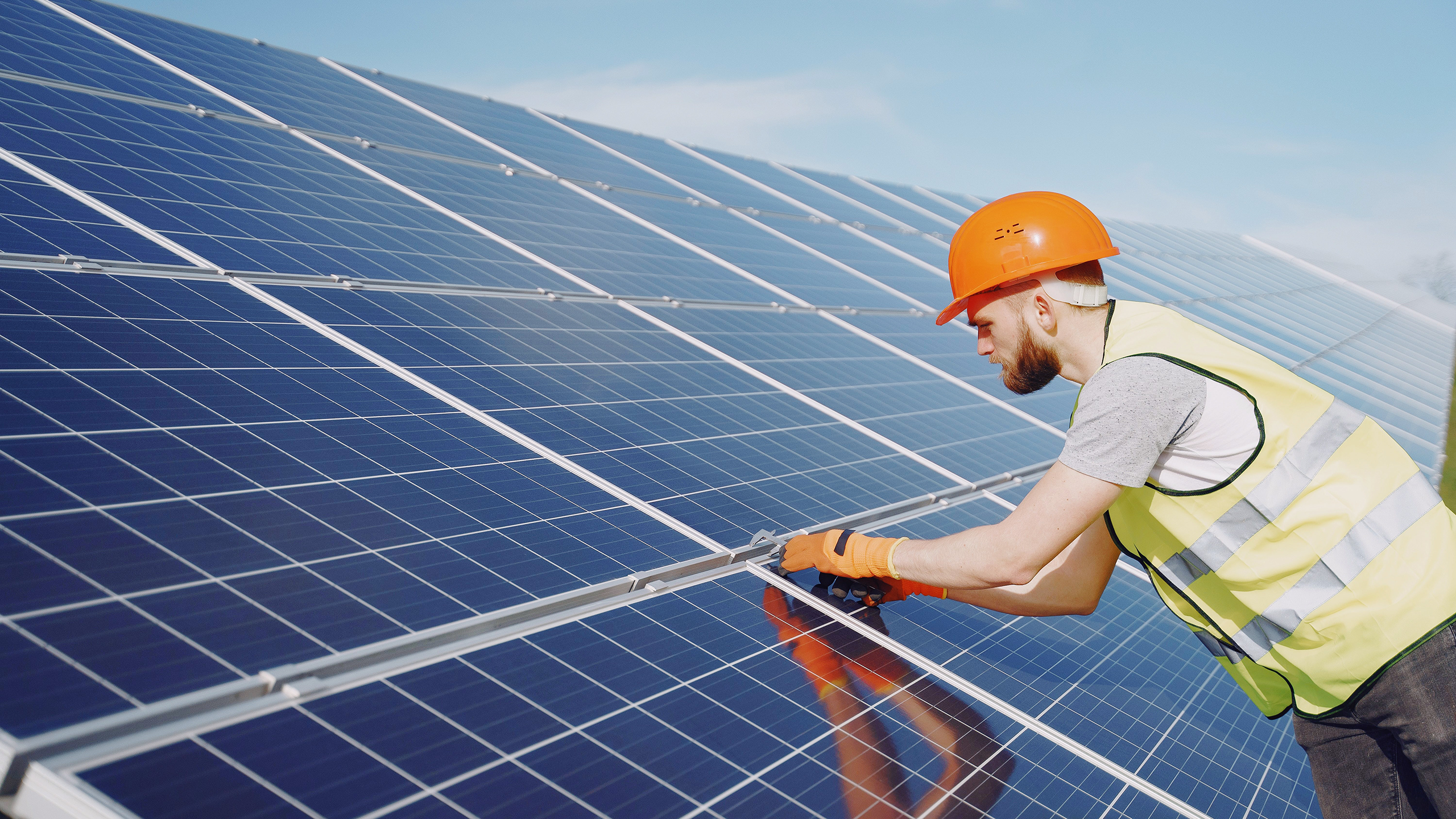
Sign up for smart news, insights, and analysis on the biggest financial stories of the day.
We interrupt your doom-scrolling with some honest-to-goodness good news.
The International Energy Agency said Thursday that global renewable energy capacity grew by 50% in 2023. That’s the fastest annual growth recorded in 30 years, and even though most recent years have set growth records, the IEA said last year’s figures mean we might actually get on track to hit an important 2030 climate target set at COP28. Imagine that, actually hitting climate goals!
Here Comes the Sun
Let’s not go overboard, though. COP28 itself was something of a polluted chalice, with attendance from fossil fuel lobbyists at a record high and the host nation, the United Arab Emirates, viewing the convention as a chance to clinch oil deals. Nonetheless, the attending countries agreed on a goal to triple renewable energy capacity by 2030, and on Thursday the IEA said that’s achievable, given 2023’s growth.
“The new IEA report shows that under current policies and market conditions, global renewable capacity is already on course to increase by two-and-a-half times by 2030,” IEA Executive Director Fatih Birol said in a statement. “It’s not enough yet to reach the COP28 goal of tripling renewables, but we’re moving closer — and governments have the tools needed to close the gap,” she added.
According to the IEA report, the big driver behind last year’s acceleration was the world’s most-polluting nation, China:
- China outshines the rest of the world in solar energy, and the country commissioned as much new solar as the entire world did the previous year, the IEA said. It added that solar energy accounted for 75% of all new renewable energy in 2023.
- The cost of solar panels fell 50% year-on-year, the IEA reported. Plus, 75% of wind and solar energy systems now produce cheaper energy than their coal, oil, or gas-guzzling brethren.
Offshore wind energy had a shocking 2023 beset by a full-blown financial crisis, but the IEA doesn’t seem worried that the industry will sink. “I would be very careful not to confuse a cyclical increase in costs with a structural increase in costs. Costs will continue to come down in the industry, as the cyclical costs of today begin to ease,” Birol told The Guardian.
Grow a Thinner Skin: The IEA expects China to maintain a 80%-95% market share in solar until 2028 at least, but there’s a glimmer of hope for other nations. The Wall Street Journal reported on Thursday that Japan is heavily subsidizing a new type of solar cell in an attempt to foster a home-grown manufacturing industry, lessening its reliance on China-made silicon-based models. The new cell is super-duper thin, resembling old-timey camera film (to any readers under the age of 25, Google it). The device’s not-so-secret ingredient is iodine, and Japan just so happens to be the second-largest iodine producer in the world after Chile.
